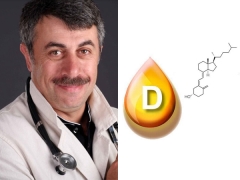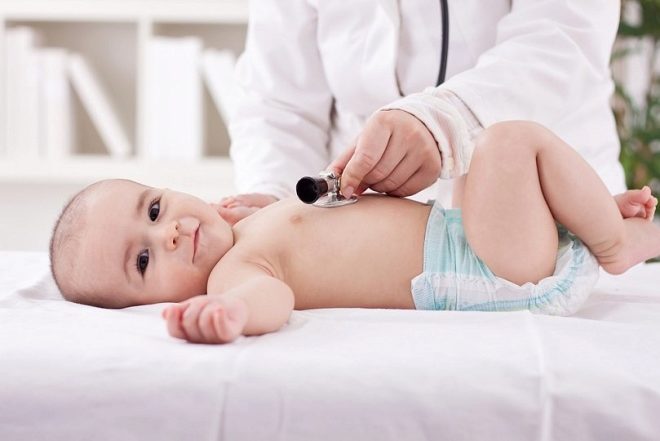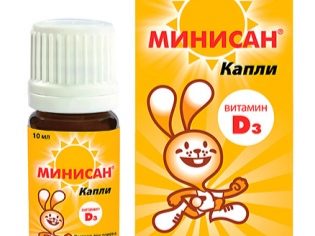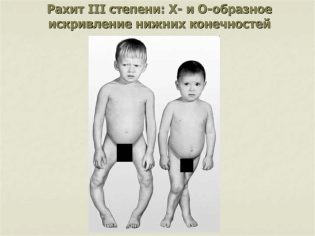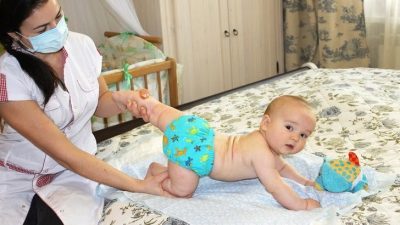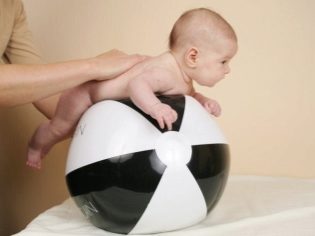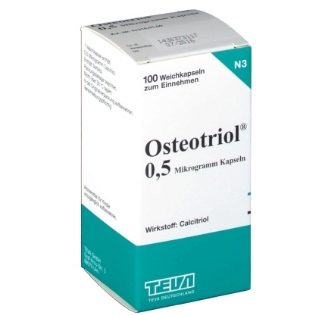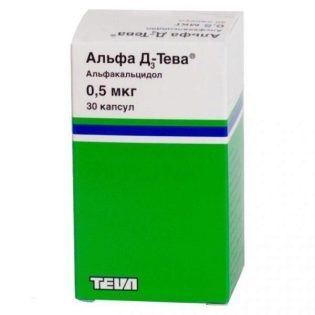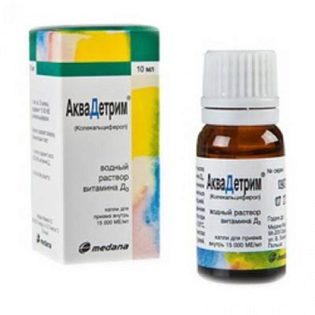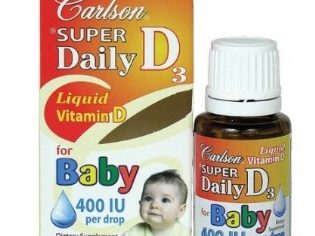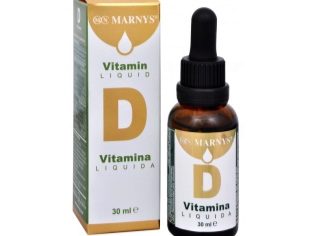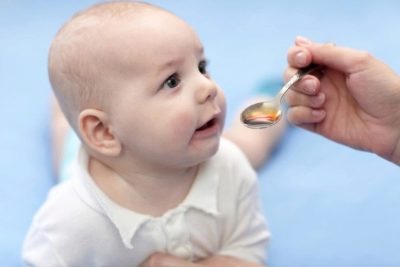Dr. Komarovsky about vitamin D
Remember, in our Soviet and post-Soviet childhood there was no more insulting name-calling than the word “rickets”, released with a fair amount of contempt? The rickets called all thin, slender children, girls with crooked legs, even if they were born from them, as they say "wheel". And not always these guys actually had rickets.
Now, little has changed. In the usual sense, rickets is something terrible and nightmarish. Parents are shocked when they hear this diagnosis from a doctor. They do not understand what they did wrong, and how such a great misfortune happened precisely in their quite prosperous and well-fed family. Evgeny Olegovich Komarovsky, a pediatrician of the highest category, well-known in Russia and the world, is often asked about rickets and vitamin D.
What is rickets?
Rickets is a disease that occurs with a pathological deficiency in the body of vitamin D. Ailment affects young children and infants. When a child is ill, bone formation is disturbed, there are not enough minerals in it.
The disease was first identified and studied by doctors in the XVII century. At the beginning of the 20th century, physicians found a direct relationship between the occurrence of rickets and the ingestion of foods with vitamin D. Then it became fashionable to give a child fish fat.
Children who are rarely in the sun, receive insufficient nutrition, premature babies, crumbs with endogenous problems are most susceptible to the disease if the absorption of vitamin D in the intestines is disturbed, as is the case with a number of diseases of the liver and kidneys, and children of the Negroid race.
Babies who are breastfed by their mothers are less likely to have rickets, because with breast milk, they absorb about 70% of calcium, and artifacts can absorb only 30%.
The process of developing the disease is very complicated. As a result of disturbances in the metabolism that are caused by hypovitaminosis D, the work of other systems also changes - the production of enzymes, the nervous system suffers, but the most tangible blow of rickets still inflicts on the state of the bones of the child's musculoskeletal system.
Symptoms
You can notice rickets at the initial stage when the child is 3-4 months old.
- The first will be neurological manifestations - sleep disturbance (the baby does not sleep well, often wakes up, often naughty and cries for no apparent reason), the crumb becomes very fearful, he is afraid of bright light, loud sounds.
- Almost simultaneously with neuroscience eating disorders - appetite decreases, the baby sucks a breast slowly, reluctantly, throws it. He may have constipation.
- Sweating. Very often, parents sound the alarm when they notice that the pussy often sweats. Sweating with rickets has its own individual "handwriting". It is aggravated in sleep, legs and scalp especially sweat. This process is accompanied by a rather severe itching, the baby rubs his head against the diaper, because of this, baldness occurs in the back of the head. Sweat in a rickety kid has a rather peculiar sour and sharp smell.
- Reduced muscle tone. This symptom does not always occur.
- Bone changes not observed in the initial stage of the disease, but later, about a month after the onset of the disease. The strength of the bones of the chest and limbs is reduced, and the frontal and parietal tubercles of the skull strongly protrude. The bones of the skull soften and become thinner. Many of these changes will remain with the child even after recovery, even when he grows up and becomes an adult.In girls, narrowing of the pelvic bones is possible. This may then cause difficulties with the bearing and birth of children naturally.
- Swollen belly. This disproportion looks like a frog's tummy and is called the association “frog belly”, respectively.
- Mental retardation and lag in physical development.
In developed countries, rickets is found in no more than 10 children per million people. In Russia, about half of the children make such a diagnosis. Perhaps the reason is not a good quality approach to diagnosis. The fact is that our pediatricians in the old manner make an opinion on the basis of the above symptoms. European doctors do not do that; they do not believe that rickets can be delivered if the child has one or two or even the entire list of characteristic signs.
The diagnosis of "rickets" there will sound only when the concerns of physicians are confirmed by an X-ray photograph and a blood test for the concentration of vitamin D and phosphorus. Also make an advanced blood test for some hormones.
The role of vitamin D
Ergocalciferol (this is the official medical name for vitamin D) regulates the balance of phosphorus and calcium, the process of their absorption in the intestine and subsequent deposition in the bone tissue. It is produced in the skin of a person under the influence of sunlight. Vitamin D deficiency often occurs in children who were born in the winter, walk a little, live constantly in northern latitudes, where the sun is a rare guest.
There is another interesting pattern. The lighter the skin of a person is from birth, the greater the amount of vitamin D it can receive from the contact of sunlight with the skin. The darker the child, the less ergocalciferol he will receive when he is in the sun.
Komarovsky about the problem
Rachitis itself is not so terrible, according to Yevgeny Komarovsky, as our attitude towards it. Doctors can not unlearn a diagnosis by symptoms, and therefore they “write” to completely rickety, perfectly healthy children, who simply have excessive sweating or slow growth.
Yevgeny Olegovich urges his colleagues not to rush to conclusions, and parents not to panic and remember that therapeutic doses of vitamin D are more prophylactic. If they are given to a healthy child who has been mistakenly diagnosed, the consequences can be very, very serious: loss of appetite, seizures, severe arrhythmia, nausea, vomiting, impaired respiratory function, death.
To your attention the release of the transfer of Dr. Komarovsky dedicated to rickets and vitamin D deficiency.
How to treat?
Today, there are two forms of ergocalciferol - aqueous solution and oil. The modern pharmaceutical industry offers three major drugs - “Akvadetrim"," Oshetriol "and" Alpha D3 ". In pharmacies, you can buy special UV lamps that can be used for newborns in the winter, if you can not walk in the fresh air.
Tips
The doctor emphasizes that the prevention of rickets is not worth a penny. You just need to walk with your child more often, even if the weather is far from perfect.
In winter, newborns are often prescribed vitamin D in the form of a liquid solution. Komarovsky does not object to such a prophylactic method, but calls for doing it reasonably.
He emphasizes that it is desirable for nursing women to take this useful and important vitamin as part of a special vitamin complex for new mothers.
In the diet of women should be beef, raw egg yolks, butter, cod liver. The baby will receive the required amount of vitamin D in breast milk.
Crumbs are on bottle feedingIn addition, they do not need vitamin D, since it is a part of all adapted milk formulas for baby food.
Thus, vitamin D can not be given separately for children under one year old.
As soon as the baby enters that fine age, when the proportion of complementary foods (porridge, dairy products) is one third of the daily ration, the need for vitamin D will increase. If it is summer outside, there is enough sun, and as part of ready-made kasha there is already vitamin D (this should be indicated on the box), then parents can relax. But if winter is outside the window and the toddler is eating cereals, which do not contain vitamin D, then you should start taking Aquadetrim (vitamin D 3) 1 drop once a day.
To premature babies who were born earlier than the prescribed time limit, Komarovsky advises, in a mandatory manner, to give vitamin D in doses that the treating pediatrician will prescribe. Often, these children need additional intake of phosphorus and calcium.
Any active prevention of rickets, according to Dr. Komarovsky, makes sense only from October to March. Much depends on the region where you live. If in the south, the prophylaxis period is shortened - it will be necessary to give an additional dose of vitamin D 3 (and not necessarily) in December and February. If in the middle lane or the Volga region, this period will be longer - from mid-October to late March. In Siberia, beyond the Arctic Circle, from September to April.
Komarovsky recommends paying particular attention to the dosage of vitamin D. An overdose can be worse than lack.
Sunscreens (creams and sprays) for children reduce the amount of vitamin D produced, but only slightly. And so you should not worry about how much ergocalciferol your child will receive if there is a need to use sunburn cream. So he has enough sun.
Sometimes parents try to use this vitamin for babies not quite as intended. For example, there is a myth that taking vitamin D improves the sleep of a child. This is a dangerous mistake, says Yevgeny Komarovsky. Because the sleep from him does not improve, but an overabundance of ergocalciferol can be very dangerous.
